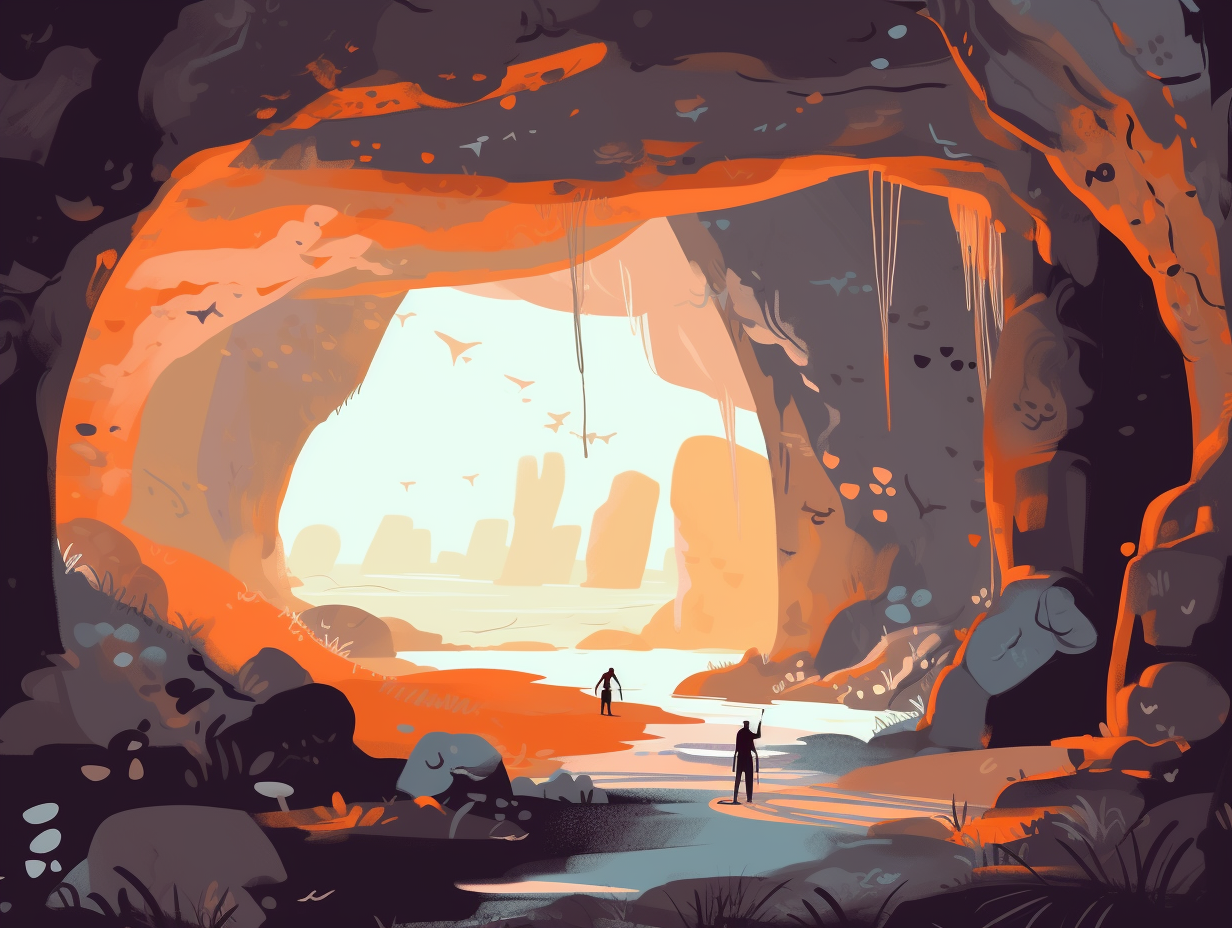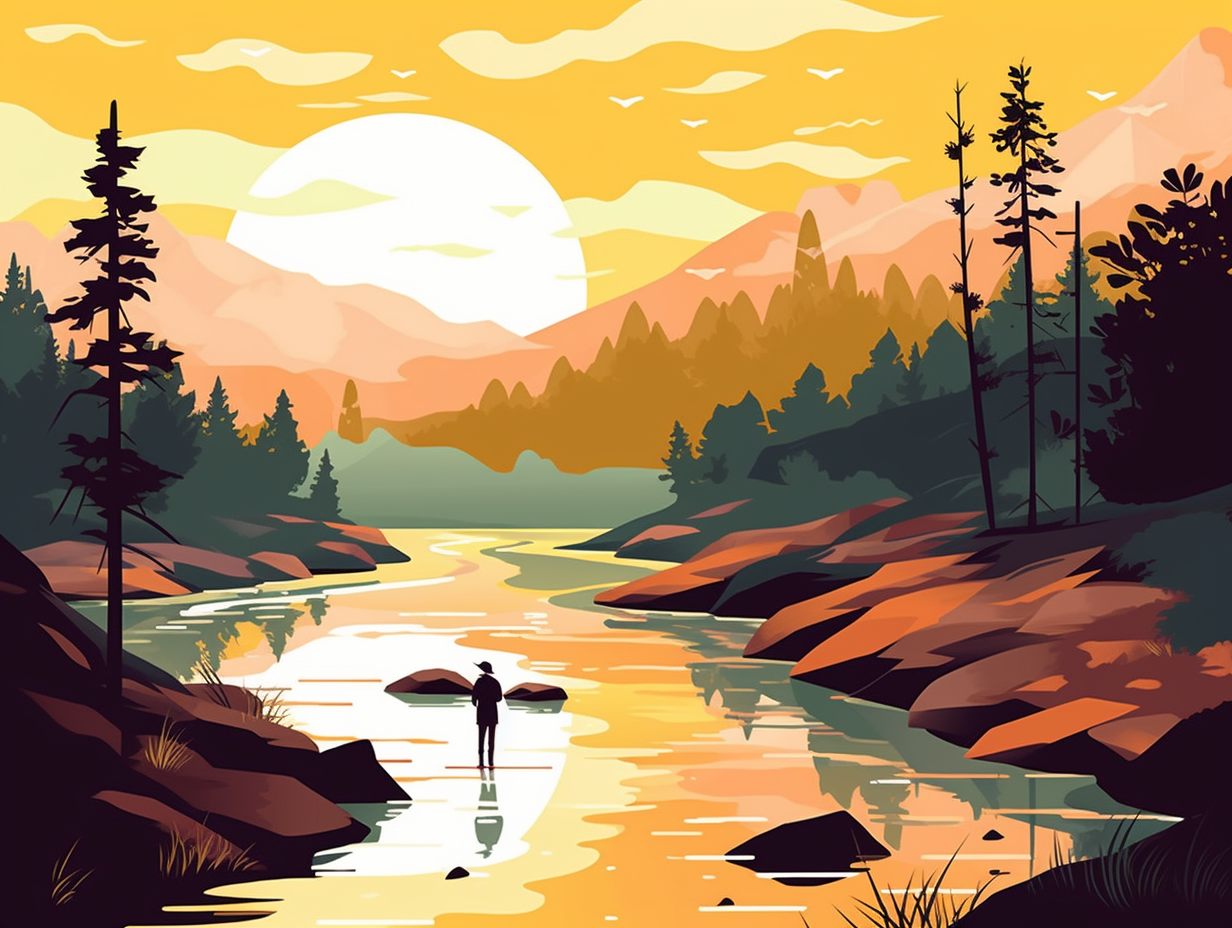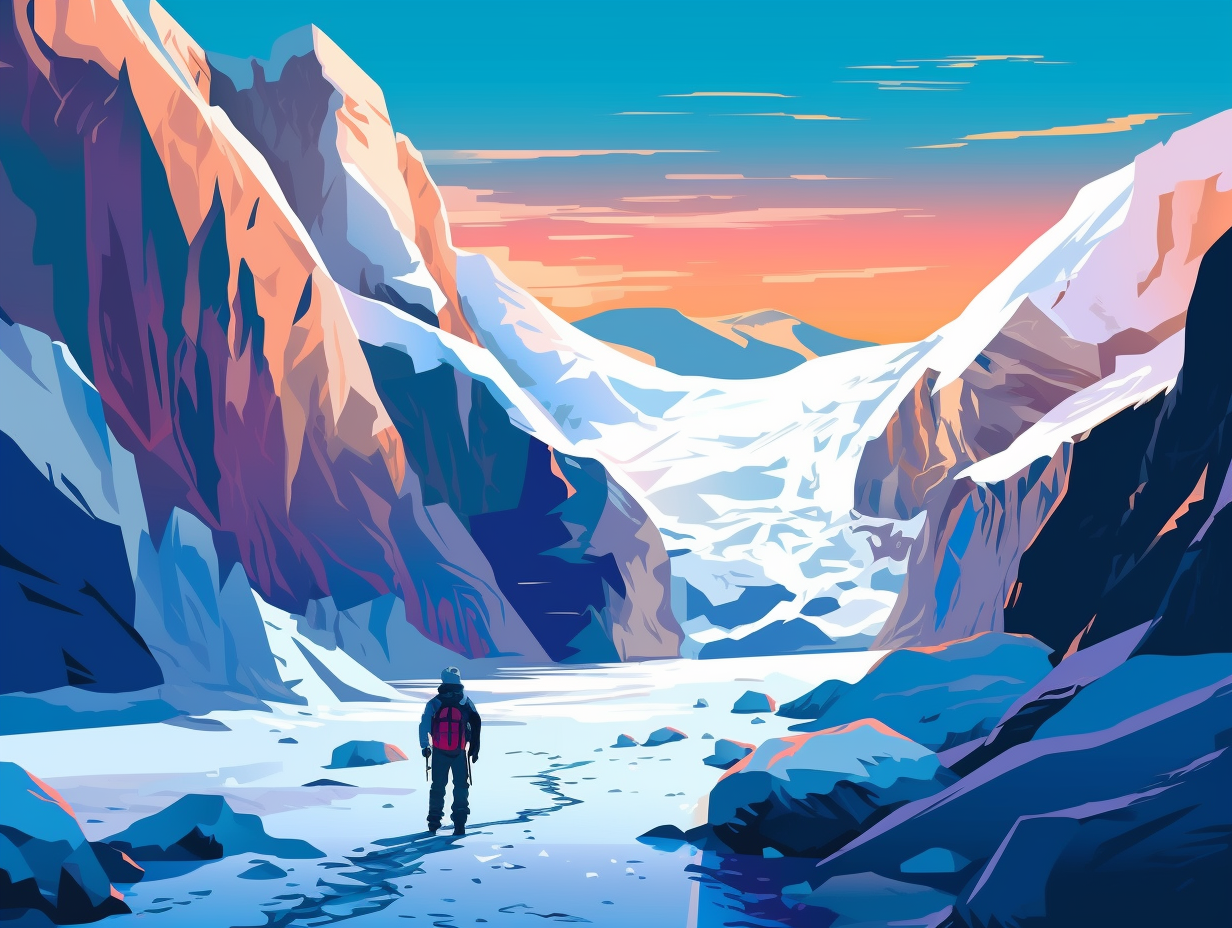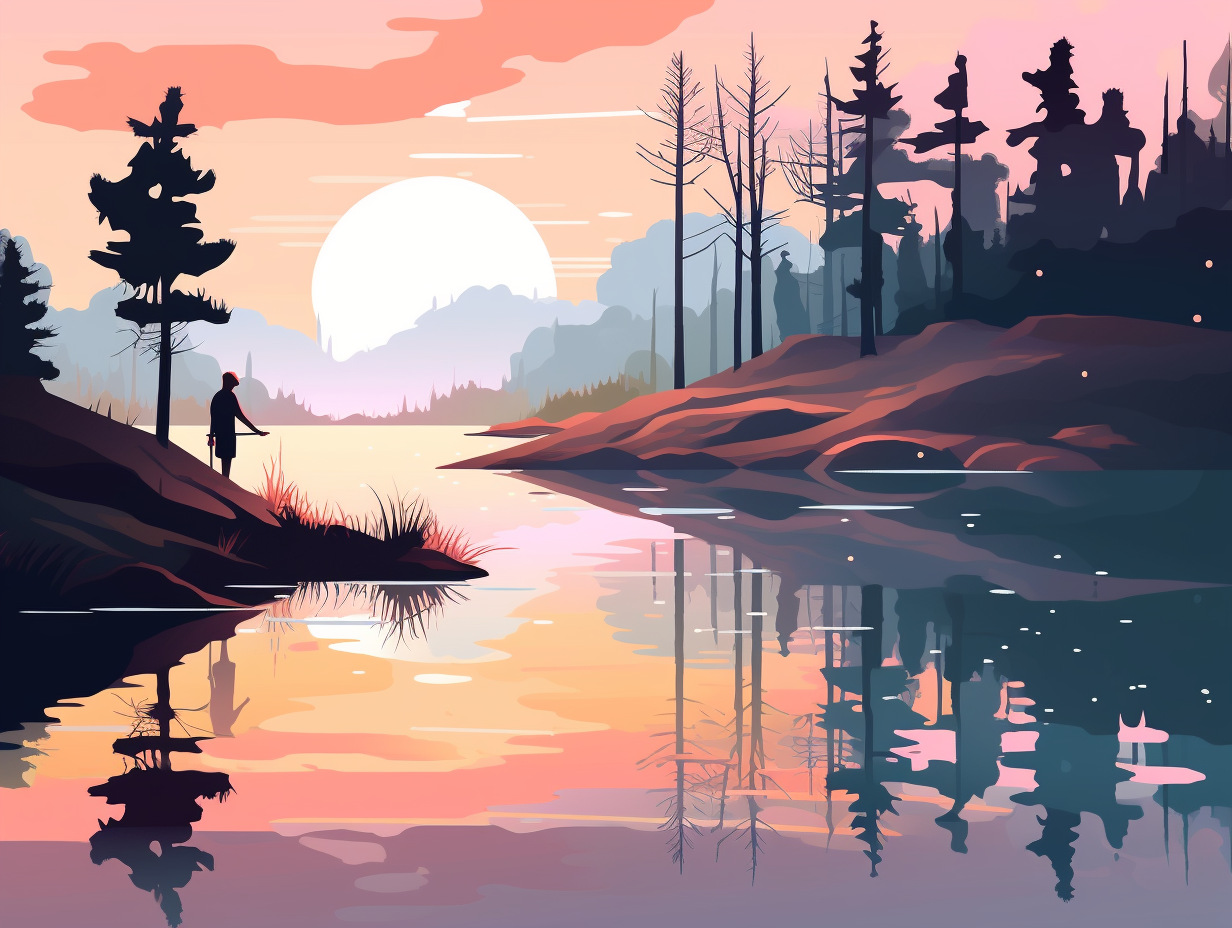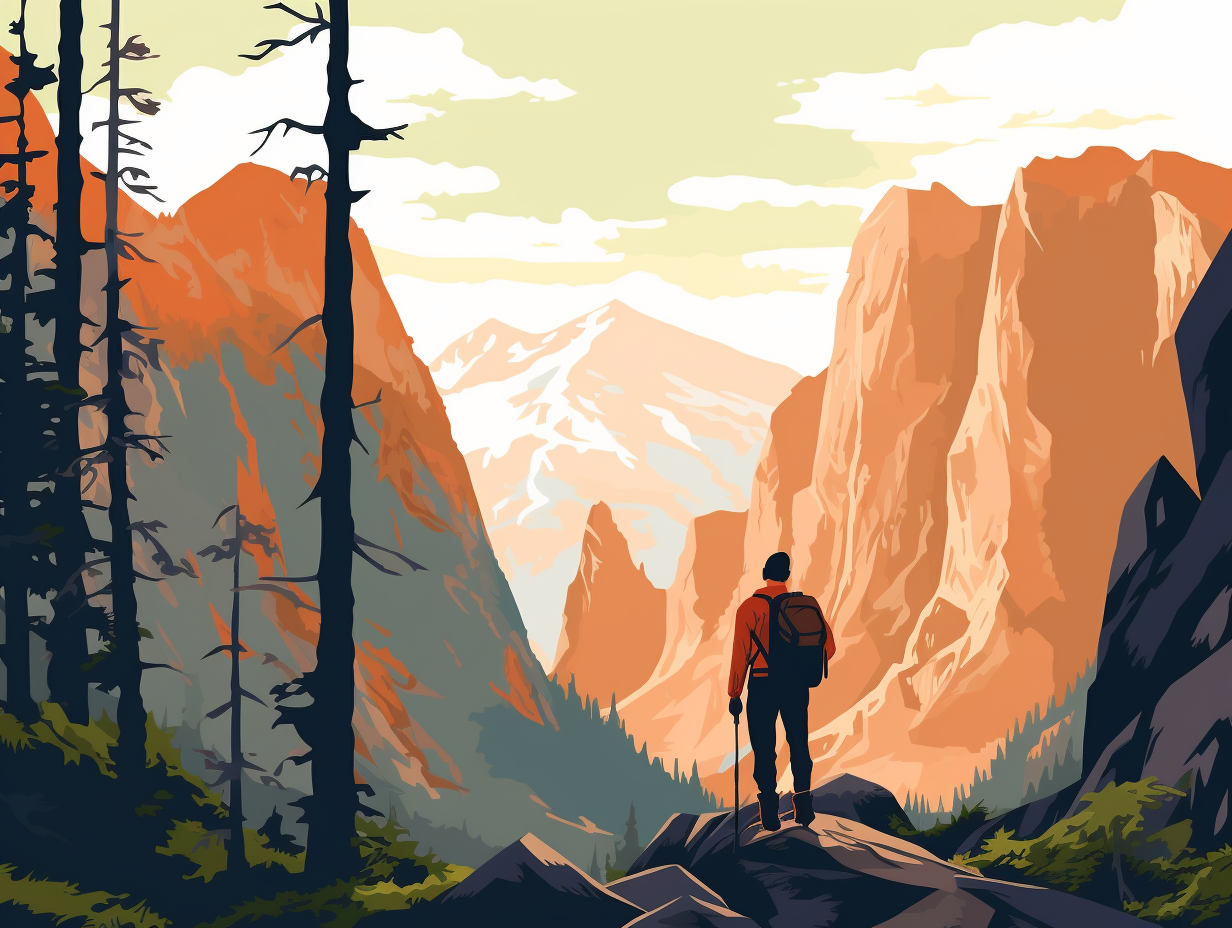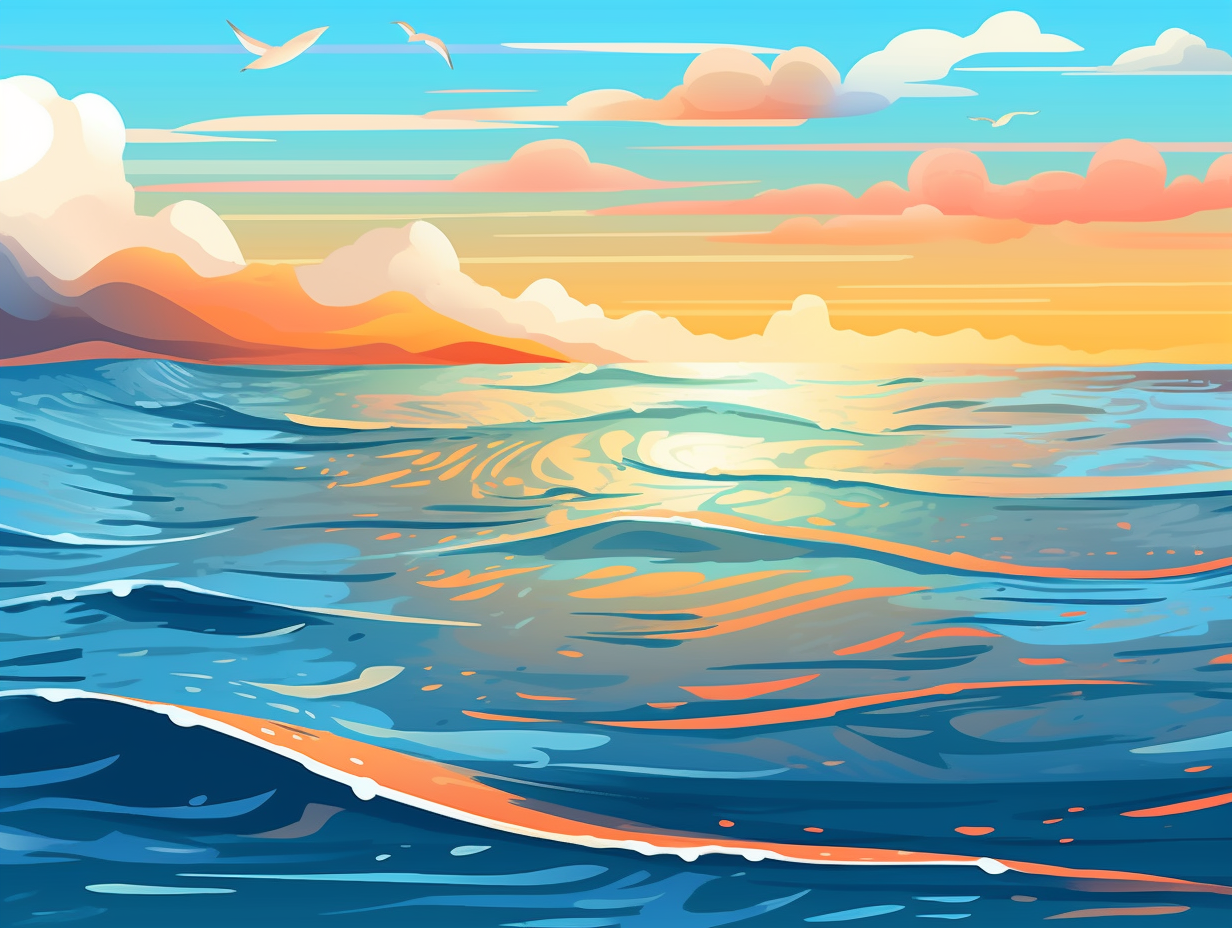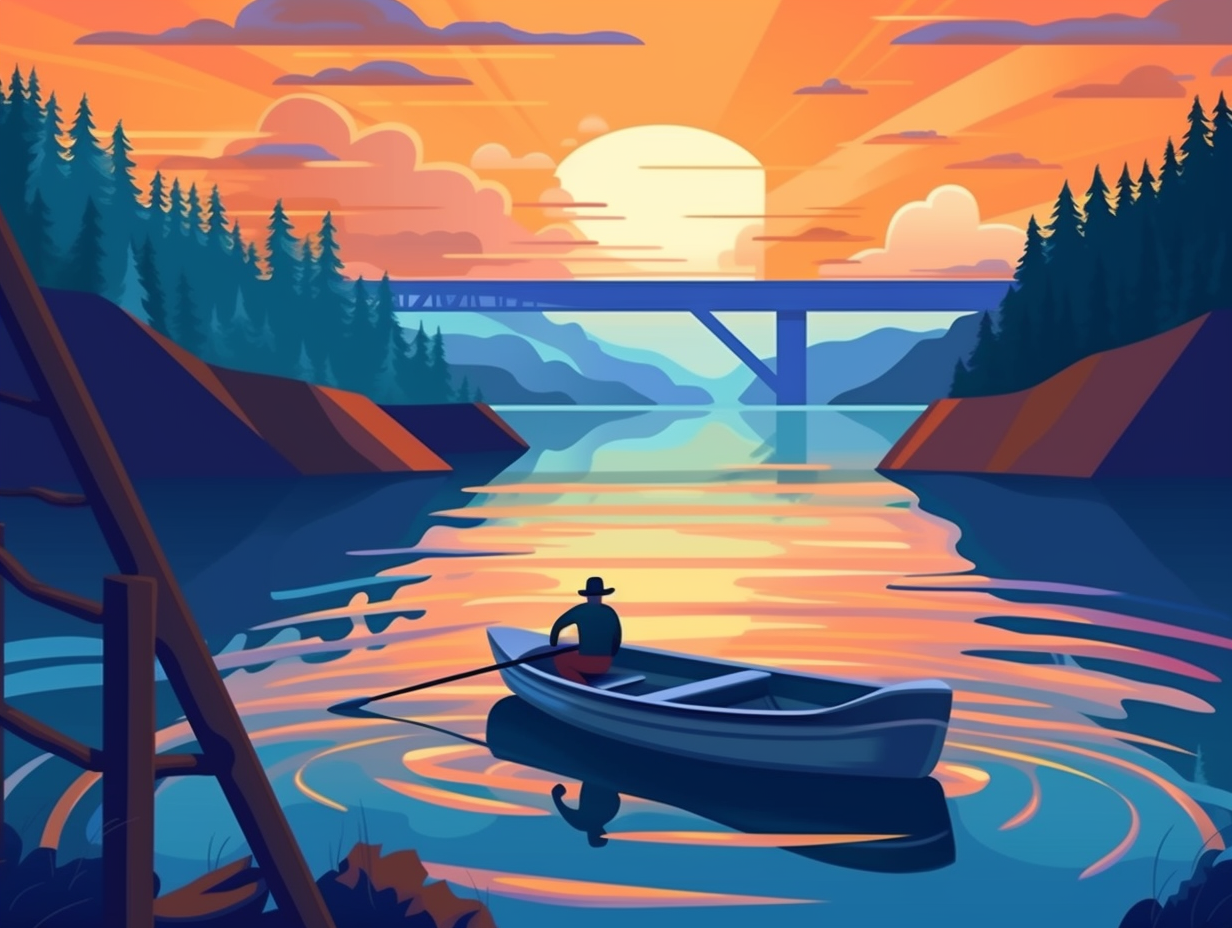Discover the Secrets of Sand Dunes: Top 13 Fun Facts You Never Knew!

1. Crystal Party at White Sands
Did you hear about the dunes that refused to dissolve in discord? They just wanted to crystalize the good times: White Sands National Park houses unique gypsum sand dunes, formed by the dissolution and subsequent evaporation of the soft sulfate mineral, resulting in astonishing selenite crystals as large as bicycle tires, all found during hikes to Lake Lucero.
Source => nps.gov
2. Argentina's Sandy Mountain
Move over Ben Nevis, you've got competition: The Duna Federico Kirbus in Argentina, the "mountain of sand" and champion of sunbathers, stands tall at 4,035 feet from base to peak, outshining the highest peak in the United Kingdom by a sandy 115 meters!
Source => muchbetteradventures.com

Did you know that there are approximately 1.068 x 10²⁰ grains of sand on Earth's beaches combined? That's 1 billion grains per cubic meter! But here's the twist: the stars in the universe still outnumber those tiny specks by 5 times! Dive into this sandy siesta and explore the astronomical marvels hidden beneath your beach towel. 🏖️🌌
=> Fun Facts about Beaches
3. Singing Sands of Alamosa
If Bing Crosby's "The Singing Sands of Alamosa" ever makes you want to tap dance on a sand dune, here's a newsflash—you're not too far off: At Great Sand Dunes National Park and Preserve, avalanches on sand dune faces create a "singing" or "booming" sound, thanks to the compression of air within the moving sand grains, turning nature into a literal record-spinner with sandy tunes.
Source => nps.gov
4. Desert Diversity: More Than Sand
Whoever said "you don't really know someone till you've walked a mile in their shoes" never tried it in a sandy desert: Turns out sand dunes, the poster child of desert landscapes, only make up a modest 10 percent of all deserts worldwide! The other 90 percent is populated by coastal, cold, and semi-arid deserts found in various climates, including mountainous terrain and chilly areas.
Source => intrans.iastate.edu

5. Sand Waves: Ocean's Dry Cousin
Move over, ocean waves, there's a new kid in town, and they're making waves of their own – on dry land, no less: Sand waves and river dunes are large-scale bed features found in sandy rivers and coastal seas that differ from ocean waves, as they are driven by currents and tides instead of wind or seismic activity, and boast 2D features with crests much longer than their spacings.
Source => agupubs.onlinelibrary.wiley.com
6. Caterpillar to Parabolic Dune
You might say that sand dunes are a bit like caterpillars, gradually morphing through the stages of life until they bloom into...parabolic dunes! Nature's metamorphosis in action: Blowouts in sand dunes can evolve into parabolic dunes over time as sand is transported through these bow-shaped erosional landforms, ultimately growing into U or V-shaped dunes with trailing ridges at the edges.
Source => nature.com
7. China's Sand Dune Symphony
While the Great Wall of China may have some stiff competition, it's not the dunes that are vying for attention with their towering heights and ever-changing formations - they're too busy riding the winds, creating a sandy symphony of crescent moon concerts and star-filled ridge soirees: Behold the mighty sand dunes, some reaching over 500 meters tall in China, which take on various shapes such as crescents, linear ridges, and star-shaped formations, depending on the direction of the wind and other factors.
Source => saharasafaris.org
8. Dunes: Biodiversity Hotspots
Sand dunes: the original speed-dating venues for desert flora and fauna, where plant and animal species alike come together in epic sandy triumphs. But seriously, folks: sand dunes are thriving ecosystems, home to a diverse range of species, such as restharrow, ragwort, and specialized grasses like marram and sand couch-grass, which bind sand grains together to stabilize the dunes. They also support grassland herbs like red fescue and lady's bedstraw, creating an incredible hotspot for biodiversity.
Source => en.wikipedia.org
9. Colorado Sand Giants
Move over, Mount Everest; the sand is staging an uprising in Colorado! These granular giants laugh in the face of erosion: The Great Sand Dunes National Park showcases the tallest dunes in the United States, boasting the mighty Star Dune at a staggering 750 feet. Formed over millennia by wind and water, these US sand behemoths claim their throne within this breathtaking dune field.
Source => geographyrealm.com
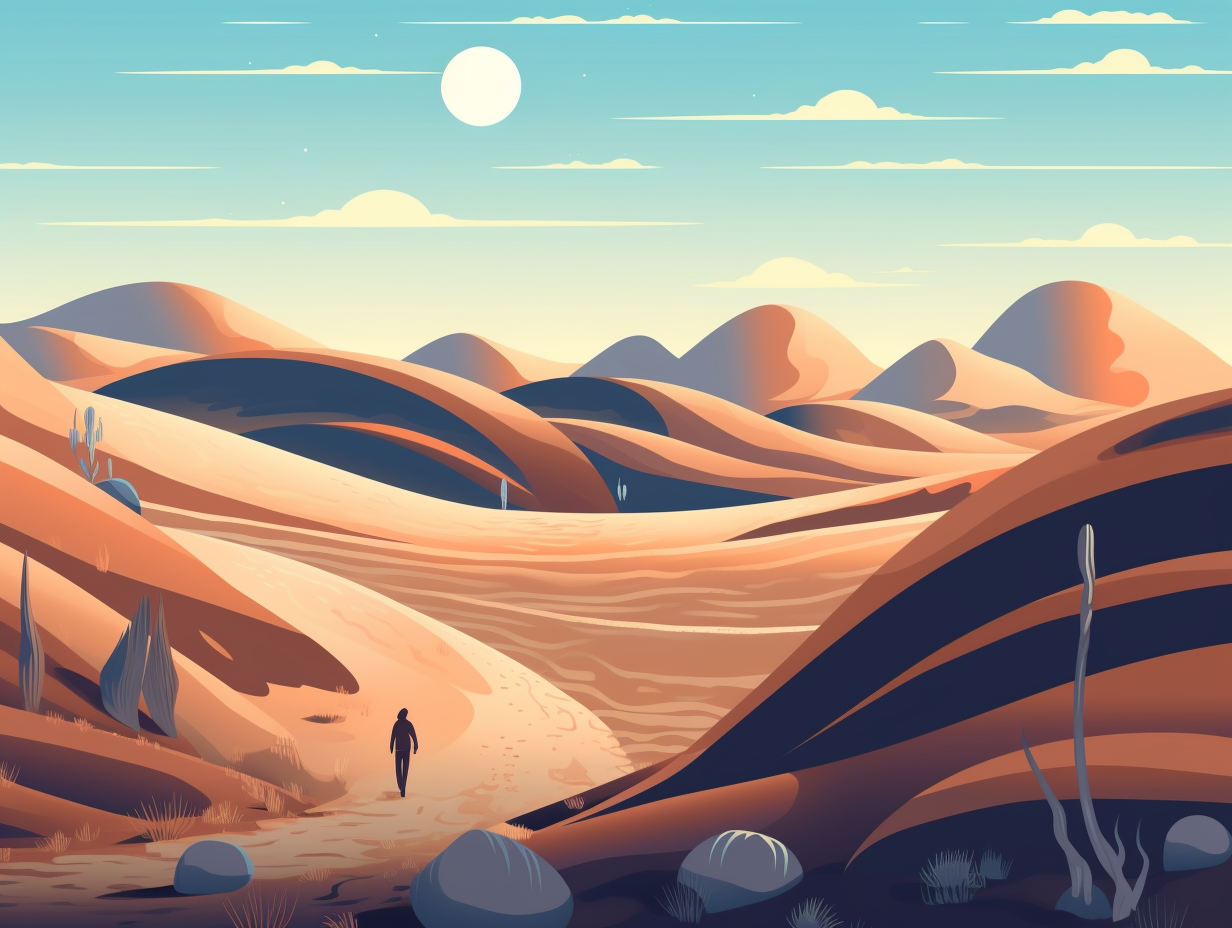
10. Wanderers of the Desert
Step aside, nomadic camels – sand dunes are the real wanderers of the desert: These ever-shifting mounds of sand come in all shapes and sizes, from the crescent-shaped barchan dunes in the Yamarak Desert to the distinct honeycomb and parabolic dunes found elsewhere, and they play a crucial role in desertification processes like erosion, wind transport, and the accumulation of sand on surfaces.
Source => frontiersin.org
11. Moonwalking Sand Dunes
Dune you just love it when Mother Nature moonwalks across the desert like an ancient Michael Jackson?: Well, believe it or not, sand dunes can actually drift up to 50 feet per year thanks to wind and erosion, giving rise to fascinating shapes and patterns, while also serving as natural (yet incomplete) coastal shields against storm surges and high waves.
Source => beachduneguide.uconn.edu
12. Surf's Up on Sand Dunes
Who needs waves when you've got sand? Hang ten on a whole new terrain, folks: sandboarding is an adrenaline-fueled sport that's enjoyed on nearly every continent, including hotspots like the Great Sand Sea in Egypt, Little Sahara in South Australia, and the 40-meter-high Stockton Bight Sand Dunes in Australia.
Source => en.wikipedia.org
13. Star Wars Sand Dune Saga
A long time ago in a sand dune far, far away, Jabba the Hutt taught us all about the virtues of diet and exercise: The Imperial Sand Dunes in California served as the filming location for the Great Pit of Carkoon sequence in Star Wars: Return of the Jedi, replacing Tunisia as the sandy destination for our favorite galactic heroes and villains.
Source => doi.gov
Related Fun Facts





